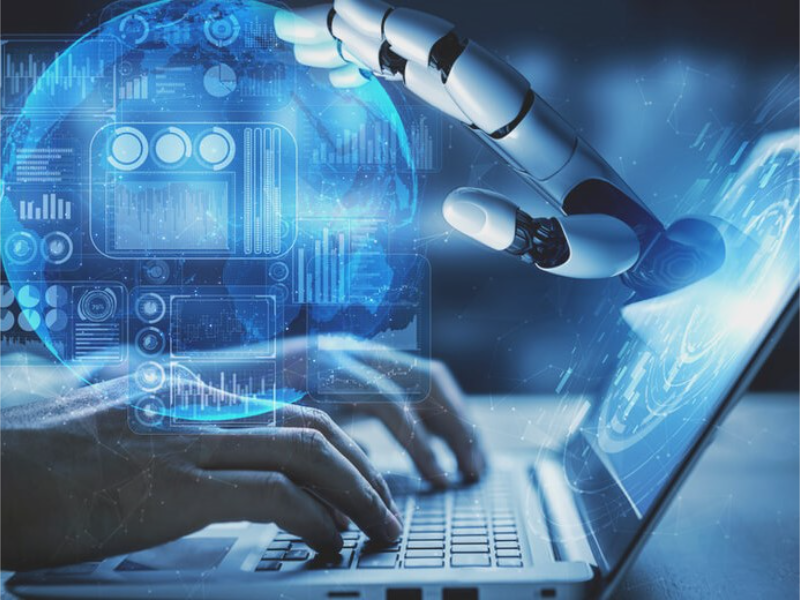- From the initial ideas of Turing to the sophisticated systems we see today, AI has moved from theory to practical application.
- In 1956, the term “Artificial Intelligence” was coined during the Dartmouth Conference in the United States.
Artificial Intelligence, or AI, is a field that has evolved significantly over the past century. In this article, we’ll explore the development of AI, focusing on key milestones and figures that have shaped its progress.
The dawn of AI (1950s)
The journey of AI began in the mid-20th century.
It was in 1950 when Alan Turing, a British mathematician, philosopher, and computer scientist, proposed a test now known as the Turing Test. This test was designed to determine a machine’s ability to exhibit intelligent behaviour equivalent to that of a human. Turing’s work laid the groundwork for the development of AI.
In 1956, the term “Artificial Intelligence” was coined during the Dartmouth Conference in the United States. This conference brought together several computer scientists and mathematicians, including John McCarthy, who is often referred to as one of the fathers of AI.
Also read: Elon Musk says electricity is key constraint for AI development
The flourishing era (1960s and 1970s)
The 1960s and 1970s marked a flourishing era for AI.
The development of the General Problem Solver (GPS) by Newell and Simon was a significant milestone, as it was one of the first AI programs to demonstrate problem-solving capabilities across a range of tasks.
In 1964, Joseph Weizenbaum developed ELIZA, an early chatbot that could simulate a conversation with a psychotherapist. This was a significant leap forward in demonstrating AI’s potential for interaction.
SHRDLU, developed by Terry Winograd in 1970, allowed a computer to interpret and respond to natural language commands, manipulating a simple block world, showcasing AI’s growing capabilities.
The AI winter (1980s)
The 1980s were a challenging period for AI, often referred to as the “AI Winter”. This was due to a combination of factors including overpromising on the capabilities of AI, a lack of funding, and the limitations of computational power at the time.
Despite these setbacks, the development of expert systems, such as MYCIN and XCON, demonstrated that AI could be applied to narrow, specialised domains with significant success.
The resurgence (1990s to 2000s)
The 1990s marked a resurgence in AI, largely due to the growth of the internet and the advent of machine learning.
The internet provided vast datasets that could be used to train AI systems, and the development of algorithms such as decision trees and neural networks allowed for more sophisticated pattern recognition and data analysis. The 2000s saw the rise of AI in everyday applications, with the advent of voice recognition systems and recommendation engines.
Also read: Artificial intelligence (AI) in everyday life
The deep learning revolution (2010s)
The 2010s were a transformative decade for AI, with the rise of deep learning.
This approach to machine learning utilises neural networks with many layers, enabling AI to learn complex patterns in data. The development of convolutional neural networks (CNNs) revolutionised image recognition, while recurrent neural networks (RNNs) improved natural language processing.
A notable achievement was the development of AlphaGo by DeepMind, which defeated a world champion Go player in 2016, highlighting AI’s ability to excel in tasks once thought to be uniquely human.
Ethics and the future of AI
As AI continues to advance, ethical considerations have become paramount. Issues such as privacy, transparency, and the potential for AI to perpetuate biases are at the forefront of discussions. The development of ethical frameworks and guidelines is essential to ensure that AI is used responsibly and for the benefit of society. The future of AI also hinges on addressing these ethical concerns, ensuring that AI systems are fair, accountable, and transparent.
AI has come a long way since its early conceptualisation in the mid-20th century. From the initial ideas of Turing to the sophisticated systems we see today, AI has moved from theory to practical application. As we look to the future, AI’s role in shaping our world is set to continue and expand.

